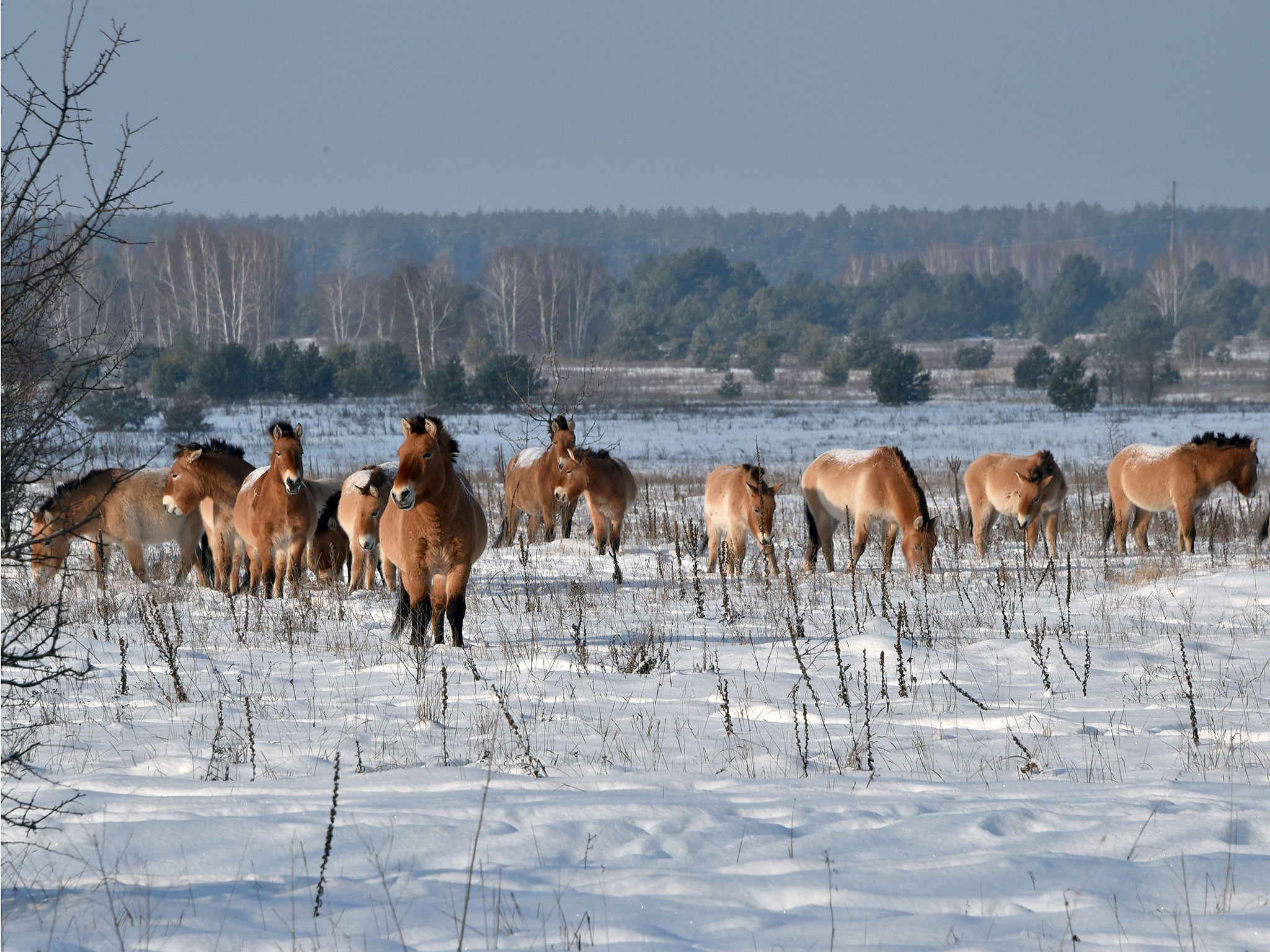Chernobyl disaster: Wildlife flourishes 30 years on as humans are urged to stay away
'Radiation is a matter of increased potential risk. But when humans are around, animals are simply shot or lose their habitat'

Your support helps us to tell the story
From reproductive rights to climate change to Big Tech, The Independent is on the ground when the story is developing. Whether it's investigating the financials of Elon Musk's pro-Trump PAC or producing our latest documentary, 'The A Word', which shines a light on the American women fighting for reproductive rights, we know how important it is to parse out the facts from the messaging.
At such a critical moment in US history, we need reporters on the ground. Your donation allows us to keep sending journalists to speak to both sides of the story.
The Independent is trusted by Americans across the entire political spectrum. And unlike many other quality news outlets, we choose not to lock Americans out of our reporting and analysis with paywalls. We believe quality journalism should be available to everyone, paid for by those who can afford it.
Your support makes all the difference.Thirty years after the Chernobyl disaster, naturalists have observed that the absence of a human population has led to thriving wildlife in Chernobyl.
The Chernobyl Nuclear Power Plant explosion on 26 April 1986 spewed large quantities of radioactive particles into the air, making the area unfit for human habitation.
But, seemingly with no humans to interfere, Chernobyl has since become the ideal habitat for flourishing wildlife.
Wolves, bears and horses are among the large animals that have made the Chernobyl Exclusion Zone their home.
There is no conclusive data on the health of the animals that live in Chernobyl – it is unclear how the animals are affected by cancers, birth defects or other radiation-related conditions.
Despite that, the latest research suggests the presence of humans is more harmful to animal populations than the remnants of thousands of tonness of radiation.
“You could say the overall affect was positive,” Professor Nick Beresford, an expert at the Centre for Ecology and Hydrology in Lancaster, told the Telegraph. “Radiation is a matter of increased potential risk. But when humans are around, animals are simply shot or lose their habitat.”
A handful of humans have returned to the area to live after being evacuated.
Maria Lozbin tends to her animals, including chckens and geese, and says she's glad tshe has returned to the area: "There is no radiation here. I'm not afraid of anything," she told Reuters news agency. "And when it's time for me to die, it won't happen because of radiation."
Though authorities have recommended the so-called "returnees" leave, the recommendation is “generally ignored” according to Leonid Bogdan, head of the EU laboratory which monitors the area.
The food produce that eat is not allowed out of the zone, though tests on some produce have shown it to be radiation free.
Mr Bogdan explained: “I can tell you how radioactive about three square metres of land are. But anything larger than that and you’re going to see variations within it. That’s why we don’t let food out of the zone. It might be clean one day and contaminated the next.”
Subscribe to Independent Premium to bookmark this article
Want to bookmark your favourite articles and stories to read or reference later? Start your Independent Premium subscription today.
Join our commenting forum
Join thought-provoking conversations, follow other Independent readers and see their replies
Comments